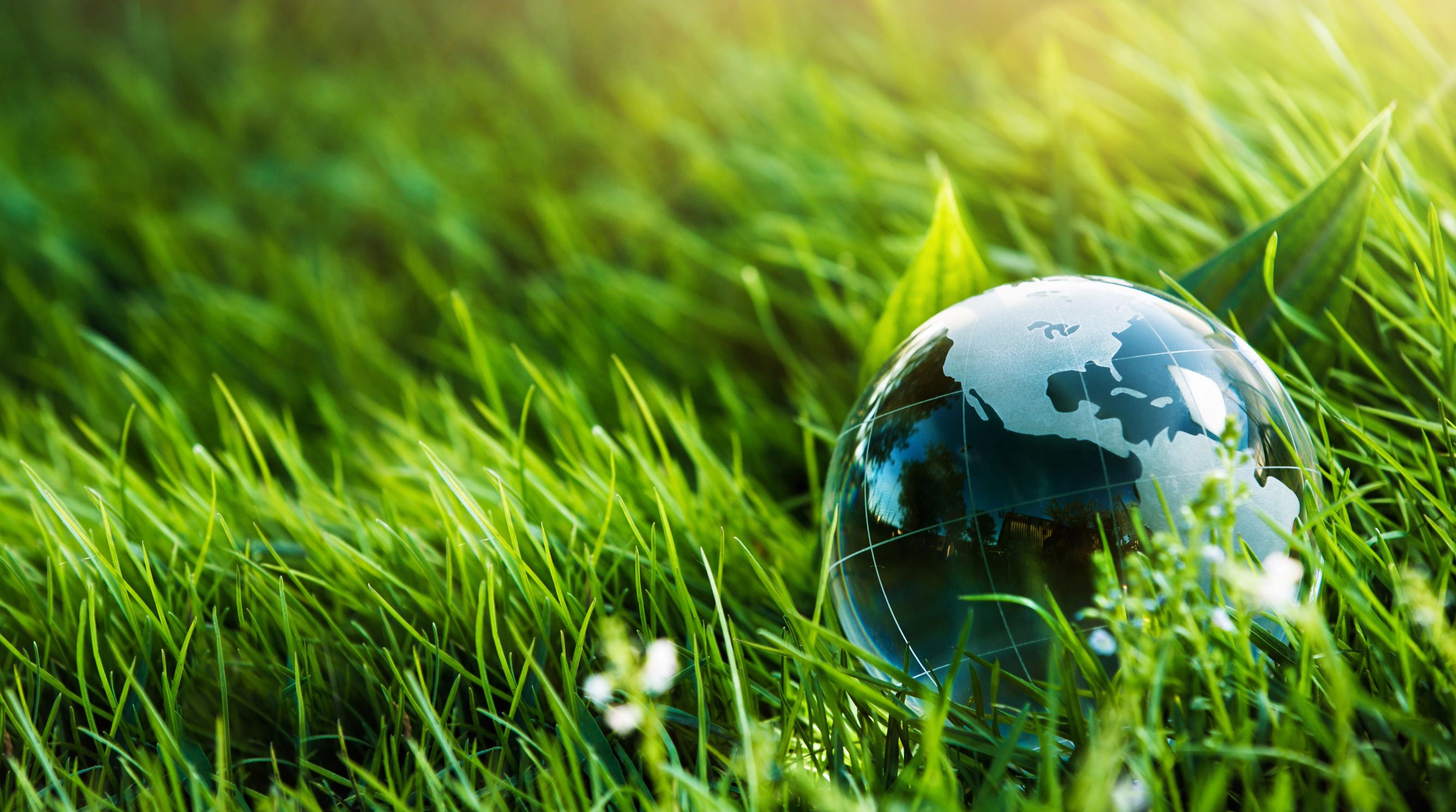In a previous blog we dismissed talk of coronavirus as a black swan event and introduced the concept of grey rhinos – the known unknowns that are seen but not addressed. Similarly, we suggested that climate change is a further grey rhino specimen.
Yes, there are still climate change sceptics out there, but they are becoming fewer and fewer and seem, in my humble opinion, to be wishful thinkers. For the rest of us who accept the weight of scientific evidence and can envision the consequences of rising temperatures from desertification to rising sea levels, is there something that we can learn from the coronavirus pandemic?
In Norway there is increasing attention paid to the need to reduce the carbon footprint through amongst other things cleaner energy and carbon storage. What we haven’t done is think only from the perspective of whether climate change is a net positive for Norway taken as a whole. If we could ignore the risk in a permanent shift in the gulf stream, we might think there is only upside to the ability to grow grapes and oranges in Norway. Sure, it would be a minor problem to move the major cities to higher ground but there are plenty of uplands here. There are some few people who think along these lines but a majority in Norway see the global impact that climate change could bring as catastrophic. We are not just citizens of Norway but citizens of the world.
The coronavirus pandemic has hopefully taught us that no country is an island unto itself. Although borders have been closed to enable us to get a grip of the spread in each country, we know that a return to a healthy economy is dependent on trade and open borders.
In Norway not least we are dependent on imports from the rest of the world to feed our population. As we progress to re-opening borders, we are dependent on whether the countries we wish to travel to and receive travellers from have also been as rigorous in controlling the spread of the virus as we have. In other words, we are all in this boat together.
For a comprehensive analysis of the key characteristics of coronavirus risks compared to climate change risks read the article in the latest McKinsey Quarterly; “Addressing climate change in a post pandemic world”. Apart from analysing the similarities and differences, the article looks into the future by identifying the resultant effects of the pandemic on reducing carbon emissions. Consider all the businesses that have continued to perform and thrive with staff working from home offices. Twitter went as far as to as to tell staff that they can work from home «forever» if they wish. There must lie considerable savings in carbon emissions from employees working at home both in respect of savings in maintaining and heating or cooling office space but also in the home to office travel. On the other hand, McKinsey does point out that the reduction in the price of fossil fuels could lead to increased consumption to the detriment of the environment. Furthermore, we are reminded that climate change is also an opportunity to invest in green industries and that change will come about by decisions each business can make at a micro level.
There is an English expression “it is an ill wind that blows no good.” This may also apply to the post- pandemic world but will be dependent on us both thinking globally and acting individually.




